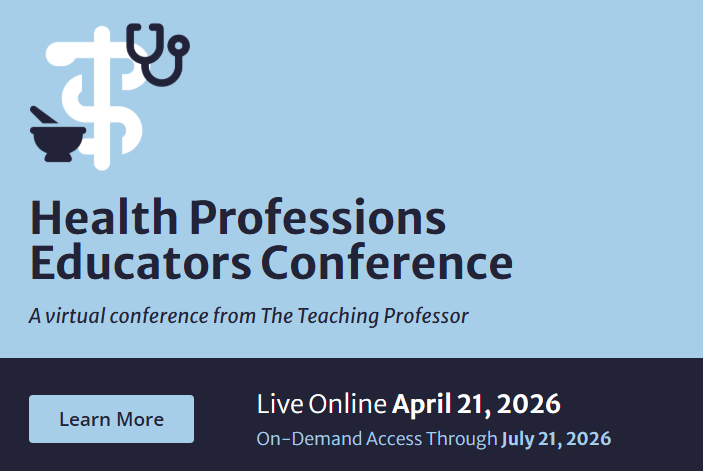While preparing for a Teaching Professor Conference session on facilitating classroom discussions (much of which applies to online exchanges), I’ve been reminded yet again of the complexity involved in leading a discussion with students new to the content and unfamiliar with academic discourse.
One of the most vexing complexities involves finding the balance between structure and the lack of it—between controlling the content and opening it up for exploration. Without structure, discussions tend to wander off in different directions, and what should have been talked about isn’t discussed. A single comment can take the discussion off track, and once it’s headed in the wrong direction, it’s tough to get it back. Open-ended explorations are potentially productive, but too often the wandering doesn’t go anywhere and little learning results.












